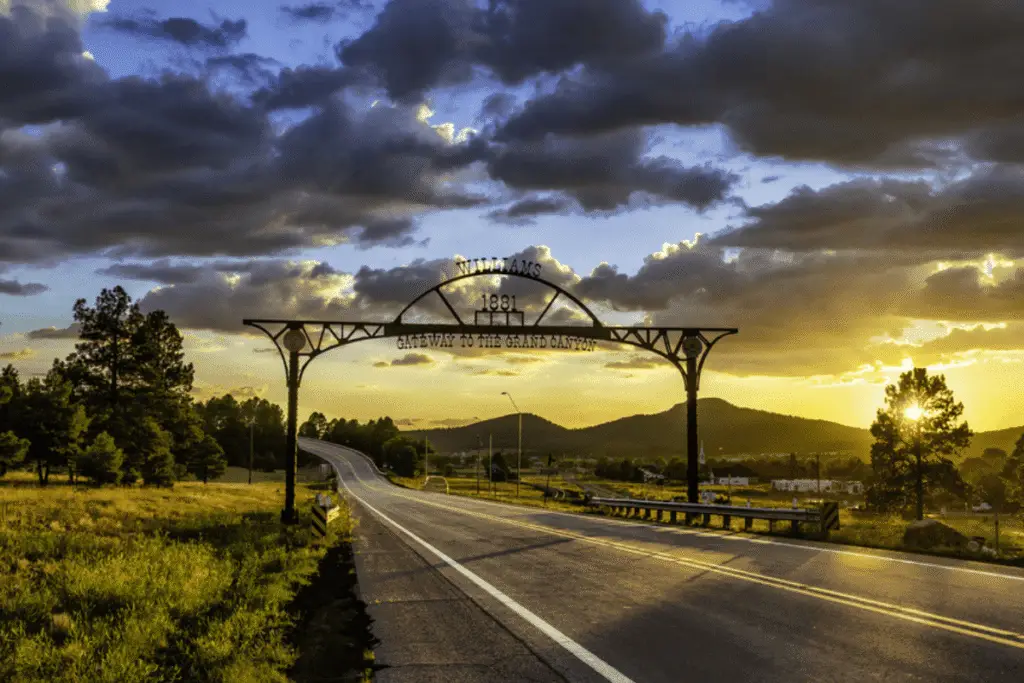
Nestled beneath the majestic peaks of Bill Williams Mountain, the small city of Williams, Arizona, is more than just the “Gateway to the Grand Canyon.” It’s a living museum of the American West, a town that has continually reinvented itself—from a rugged frontier settlement to a thriving hub on the Mother Road, and finally, to a revitalized tourism destination.
The Namesake: “Old Bill” Williams and Early Days
Williams owes its name to the imposing Bill Williams Mountain, which itself was named in 1851 to honor the legendary mountain man and scout, William Sherley “Old Bill” Williams (1787–1849). A seasoned fur trapper, Williams explored the Southwest for decades, though historians debate whether he ever actually laid eyes on the peak named for him.
While Native American tribes, including the Havasupai, Hualapai, Yavapai, and Hopi, had long considered the mountain and surrounding lands significant, the first permanent European-American settlement began to take shape in the 1870s. The town was officially founded in 1881 by cattle rancher and merchant Charles T. Rogers.
The pivotal moment in Williams’ history was the arrival of the Atlantic & Pacific Railroad in 1882. This instantly transformed the small settlement into a vital shipping center, fueling the local economies of cattle, lumber, and mining. Williams quickly became a classic, rough-and-tumble frontier town, complete with a notorious “Saloon Row” of bars, gambling houses, and brothels. A massive fire in 1901 wiped out most of the wooden commercial district, leading to a period of rebuilding with more fire-resistant masonry structures, many of which still stand today.
But the town’s destiny was truly cemented when the Santa Fe Railway completed a 64-mile spur line from Williams to the Grand Canyon’s South Rim in 1901. Suddenly, Williams was indisputably the “Gateway to the Grand Canyon”. The rail line, which attracted presidents, foreign dignitaries, and celebrities, turned Williams into a major tourist junction. The construction of the grand Fray Marcos Hotel and Depot in 1908 (a Fred Harvey House) showcased the town’s rising importance.
As the road between Williams and the Grand Canyon was improved, the preferred method of travel changed from train to automobile.
In 1926, the number of passengers who traveled by train to the Grand Canyon was 65,501, vs 100,179 passengers who travelled by automobile. By 1940, those numbers were 41,640 by train vs 275,320 by automobile! In 1968, passenger service to the Grand Canyon ceased due to lack of ridership. In 1989, passenger service began again after private investors purchased the railway.
The 1920s introduced a new era of transportation: the automobile. The designation of Historic Route 66 in 1926 brought a new wave of traffic, transforming Williams’ main thoroughfares. As motorists took to the Mother Road, the town’s economy shifted to cater to road-trippers, resulting in the iconic motels, diners, and gas stations that define the Route 66 experience. Today, Williams is a thriving community that caters to travellers from all over the world, with numerous lodging, dining and gift shops enjoying brisk visitation.
The completion of the national Interstate Highway System proved to be the greatest challenge to Williams’ existence. Interstate 40 was designed to bypass the downtown area, but Williams fought fiercely in court to remain on the main traffic artery.
Ultimately, on October 13, 1984, Williams became the very last town on Route 66 to be bypassed by I-40. The loss of through traffic crippled the local economy, creating a dire situation for the community.
Williams’ saving grace came just a few years later. In 1989, entrepreneurs Max and Thelma Biegert purchased the long-dormant rail line to the Grand Canyon. After a massive restoration effort of the tracks and historic depots, the Grand Canyon Railway was resurrected, making its inaugural run on September 17, 1989—exactly 88 years to the day after the first train.
The return of the train, coupled with a growing national nostalgia for Route 66, sparked a dramatic renaissance. Williams embraced its historic assets:
Today, Williams continues to honor its legacy, inviting visitors to step back into the days of the Old West, the heyday of Route 66, and the golden age of railroad travel. It is a powerful example of an historic American town that successfully looked to its past to secure its future.
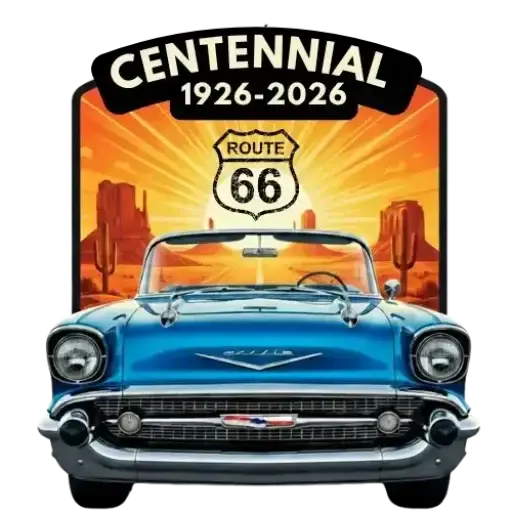
The Route 66 Boarding Pass is your Passport to Savings in Northern Arizona. No purchase necessary, no app to install, just download the Boarding Pass and start saving on your next Northern Arizona Adventure.
And don’t forget to enter the contest to win a Route 66-Grand Prize Package that includes lodging, a Grand Canyon Railway ride, a Private Hummer Tour, a Grand Canyon Helicopter Tour, meals and more.
The Grand Canyon National Park is a short drive from Route 66, and once you’re in Northern Arizona exploring Route 66, you HAVE to take a detour to visit this natural wonder. Tusayan is the closest town to the Grand Canyon South Rim Entrance, and our Boarding Pass Partners are waiting for you to come and explore!

Exhilarating helicopter tours at the Grand Canyon National Park provide a bird’s eye view of this amazing wonder. Choose from 25 or 45 Minute Tours offered multiple times daily.
Save $10 per person
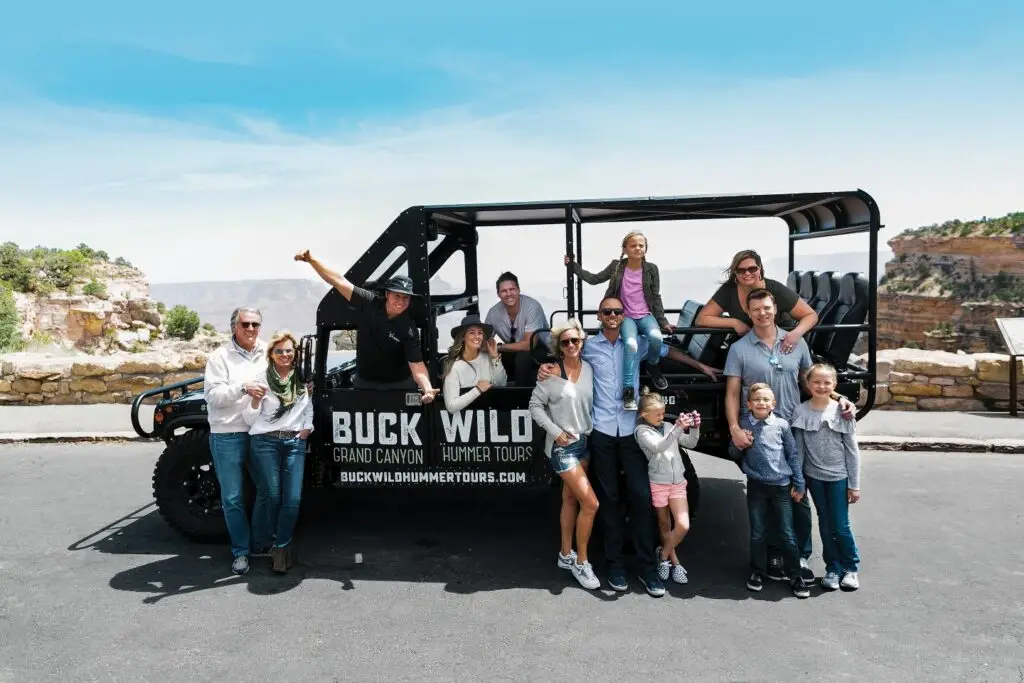
Choose Signature, Sunset or Hiking Tours and explore the best viewpoints at the Grand Canyon with a professional guide who will share history and information.
Save $5 per person.
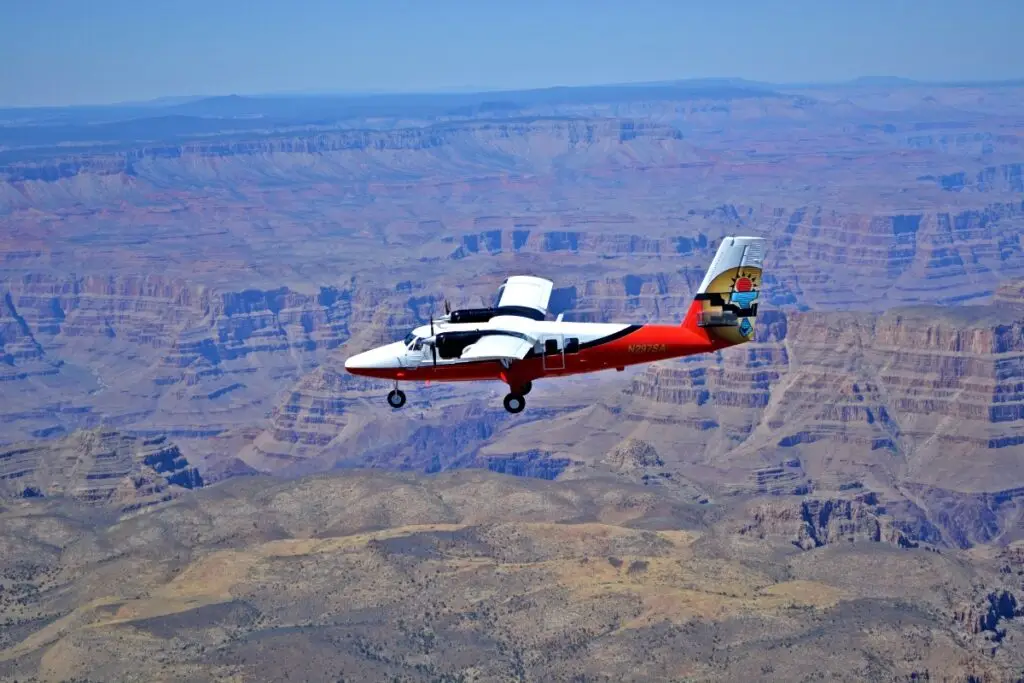
Fly over the incredible sights of the Grand Canyon’s South and East Rims: impressive aerial views of ancient rock formations, the Kaibab Forest, & the Colorado River between the canyon walls.
Save $10 per person
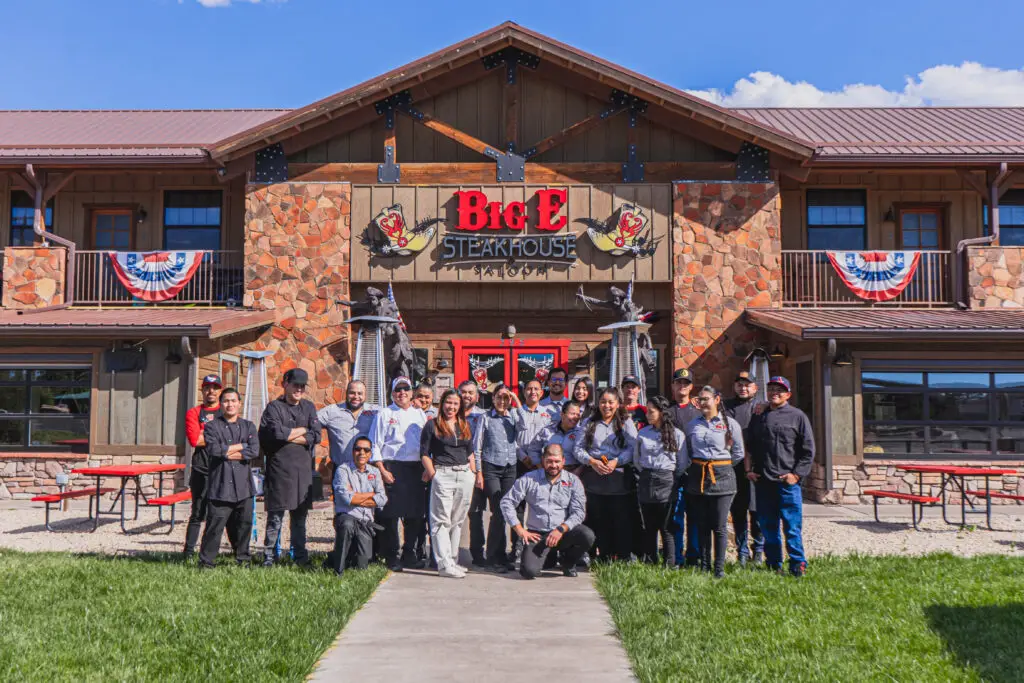
A Grand Canyon Institution for over 50 years, Big E Steakhouse and Saloon provides unforgettable dining experiences with a large menu and the friendliest servers in the area..
????????
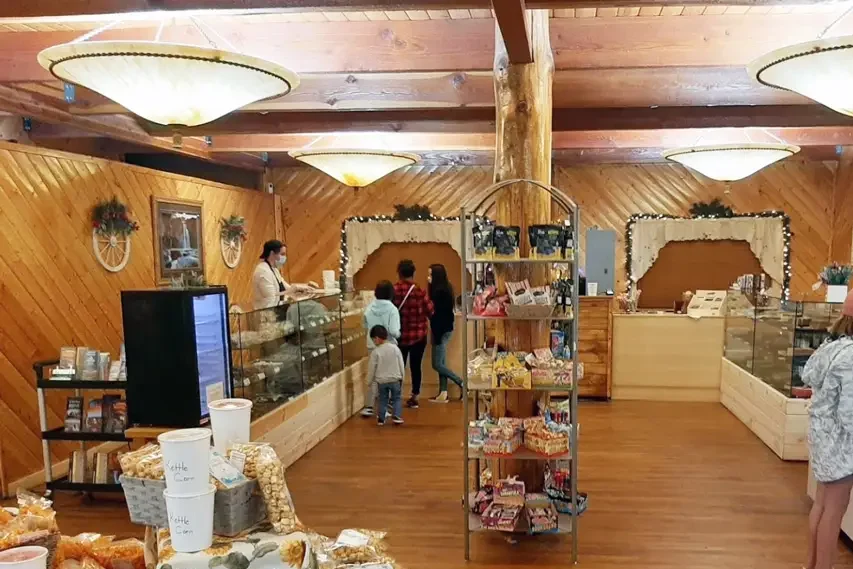
Amazing selection of sweet treats including fudge, caramel apples, chocolate covered strawberries and delicious gelato. Specialty Coffees are plentiful and satisfying.
???
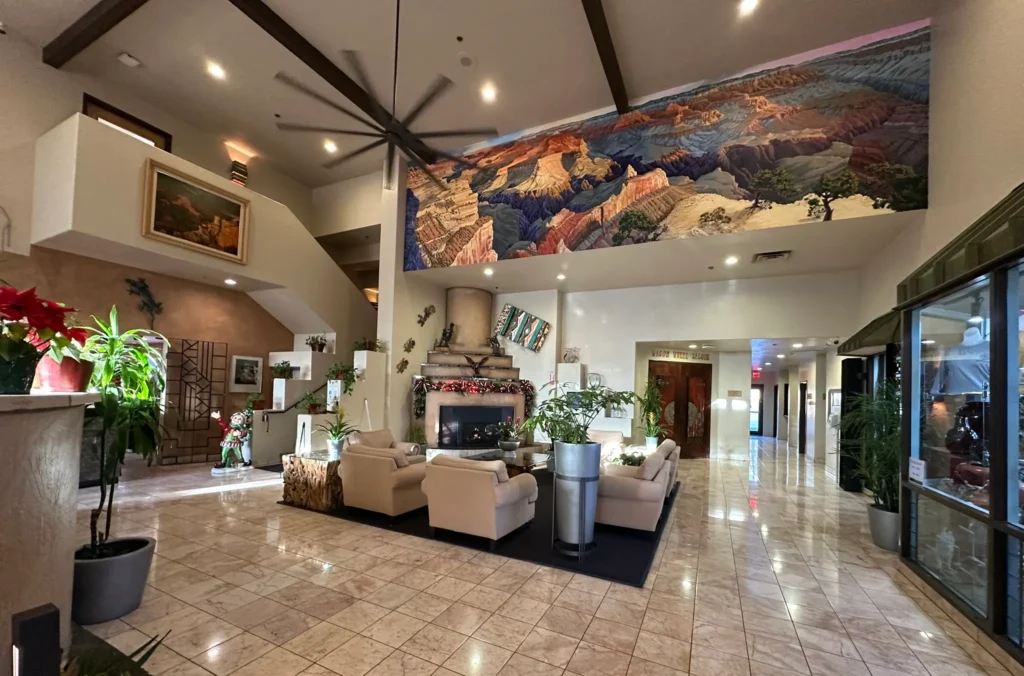
One mile from the entrance to Grand Canyon National Park, our hotel is an idyllic retreat for vacations. Explore the beauty of the canyon by day & unwind in our Southwestern-style suites by night
?????